I would like to invite you on a tour through northern Italy, to Cremona, Mantua and Venice, the three cities in which lived one of the greatest composers in the history of music – Claudio Monteverdi (1567 – 1643).
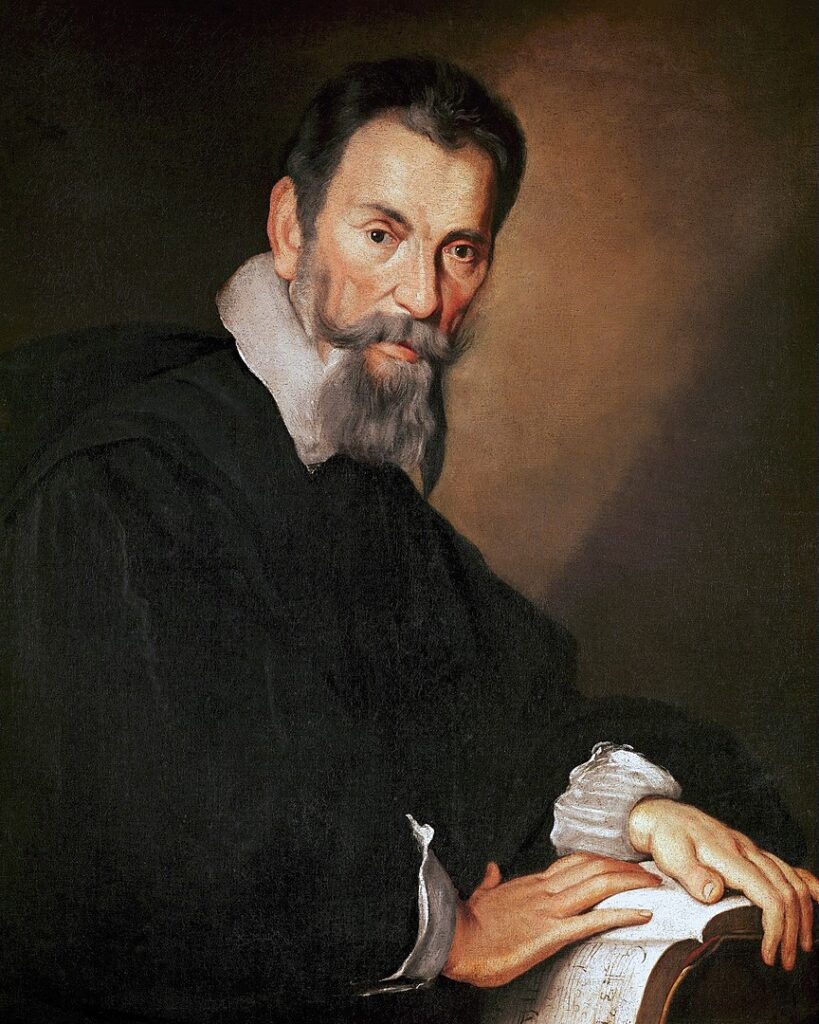
If you have not heard of him, or not heard much about him, there might be a few reasons for that. Two of the principal ones are firstly that the conventional classical musical pantheon is mainly inhabited by 18th and 19th-Century composers from German-speaking countries. Secondly, his non-vocal music is intended for instruments which are not typically available to modern symphony or chamber orchestras. As a result, Monteverdi’s music did not really become accessible to audiences until the early music revival of the 1970s. And it was in the late 1970s that, at a university choral festival, I first made his acquaintance through his Vespers of 1610. At the time my ignorance was such that I did not really appreciate how extraordinarily pivotal he was in music history, or how innovative was his music. Instead my critical insights were along the lines of “wow, this is good stuff!” (at least I got that bit right).
Before we start on the travelogue, let me try and set the context with some musical examples. Monteverdi’s long career straddles the late Renaissance and early Baroque periods, and he was a key influence on the transition from the older style to the newer. Oh, and along the way he managed to more or less invent opera.
Let us start with what came before. Here is an example of mature Renaissance music in the polyphonic style, a motel by Giovanni Pierluigi da Palestrina from 1604. You can hear how, rather than having a melody on top and an accompanying harmonisation underneath, each part is equally important and they weave around each other in a glorious harmonic soup.
It certainly is not simple or primitive music – it is very complex, but the structure imposes restrictions in terms of both harmonic and textural variations. Compare that with the following piece by Monteverdi – Nigra Sum sed Formosa from the 1610 Vespers. The basic structure is actually simpler – a melody and underlying chords, but that gives the composer (and the performer) more scope for expression.
Cremona
Monteverdi was born in the elegant city of Cremona in the Po Valley, then part of the Duchy of Milan. These days the name Cremona is redolent with musical associations, but that is due to its having become, a century or so later, a centre for musical instrument manufacture by luthiers such as Stradivari and Guanieri. These days it is still elegant, and in the traffic-free zone in the centro storico, it has a relaxed feel.
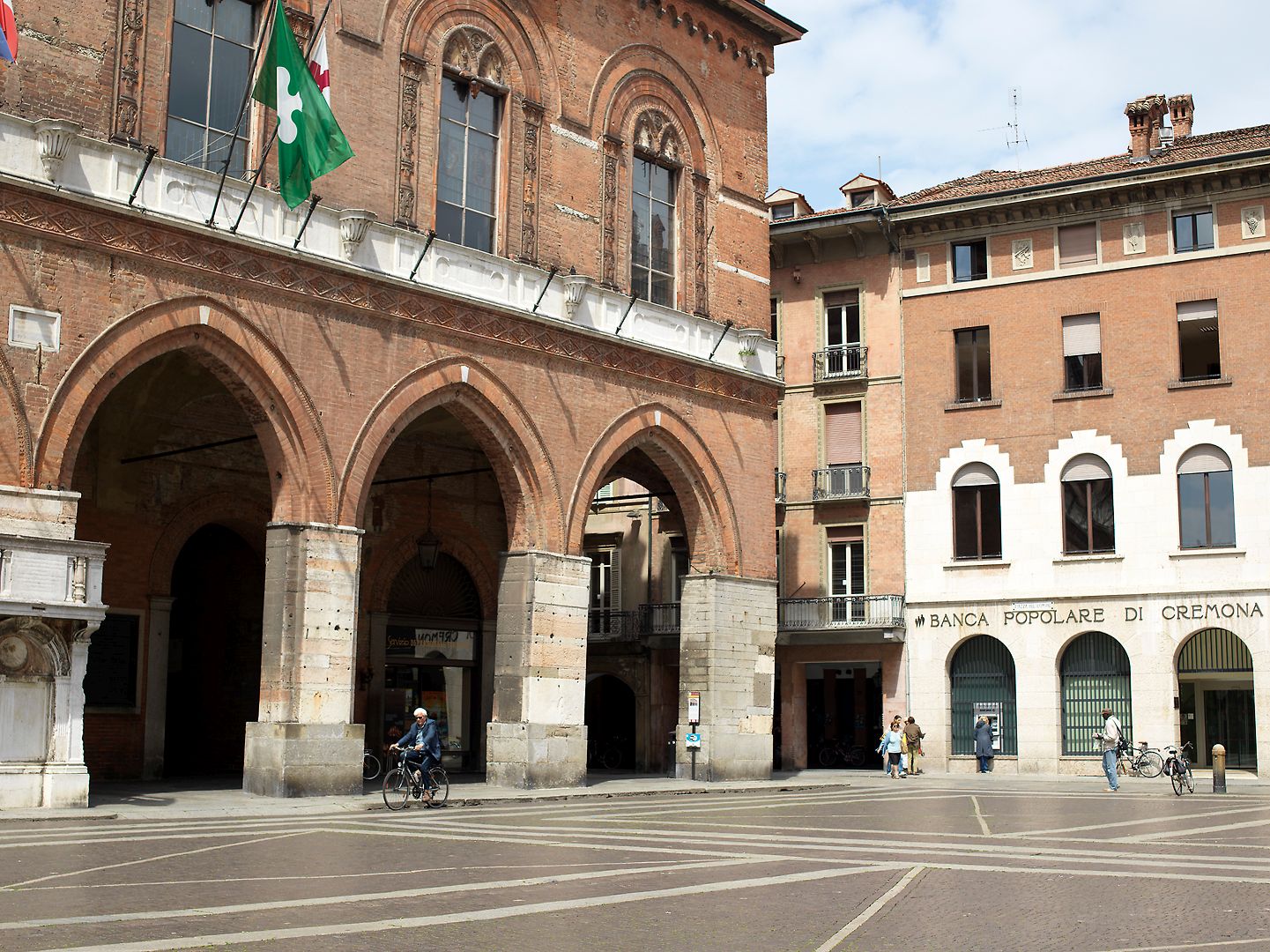
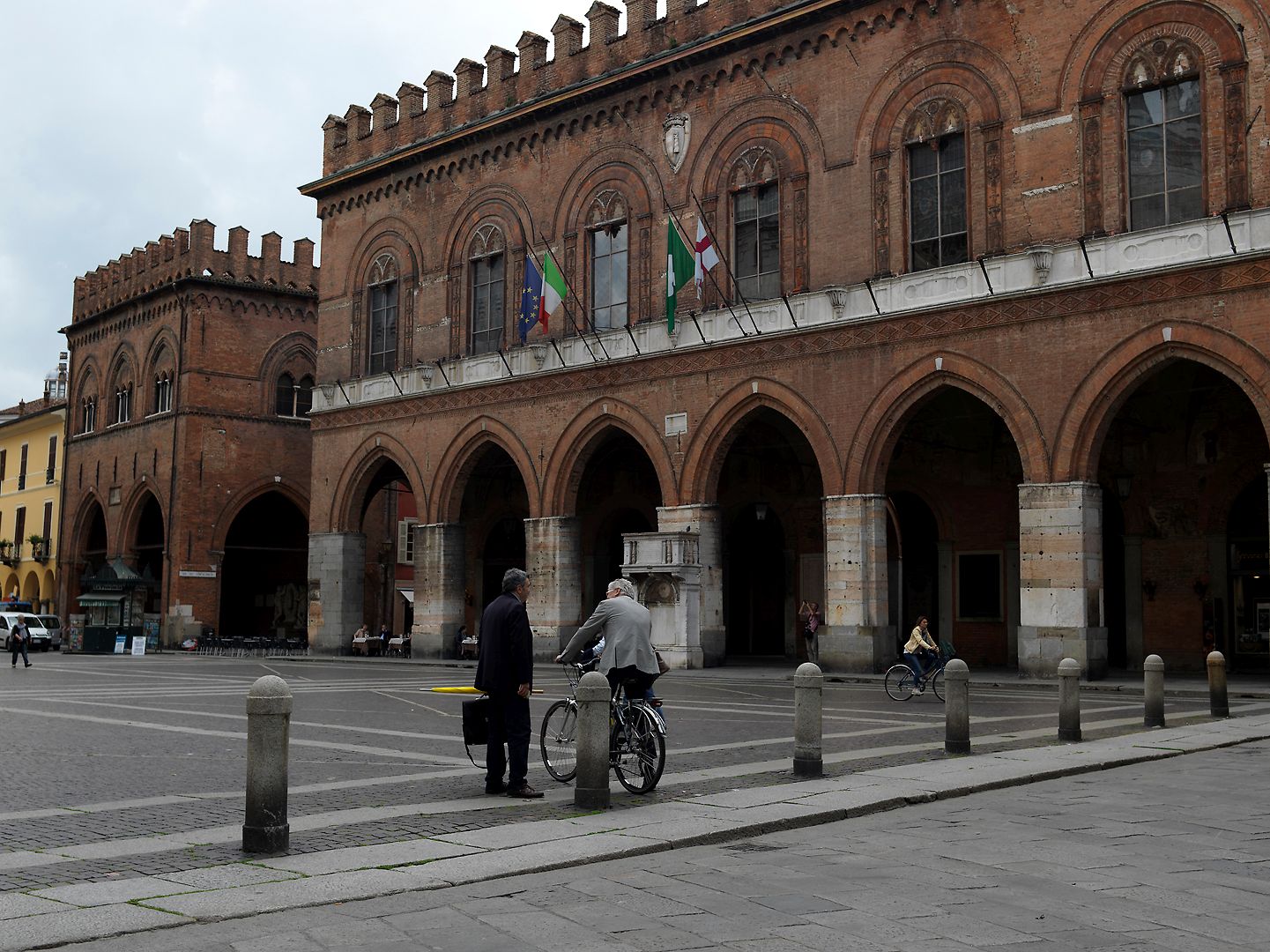
Monteverdi’s father was an apothecary, but young Claudio and his brother Giulio Cesare were destined for careers as musicians from a young age. It is known that Claudio was a student of a musician called Ingegneri who was maestro di cappella at the duomo in Cremona. This may well mean that Claudio was also a member of the cathedral choir.
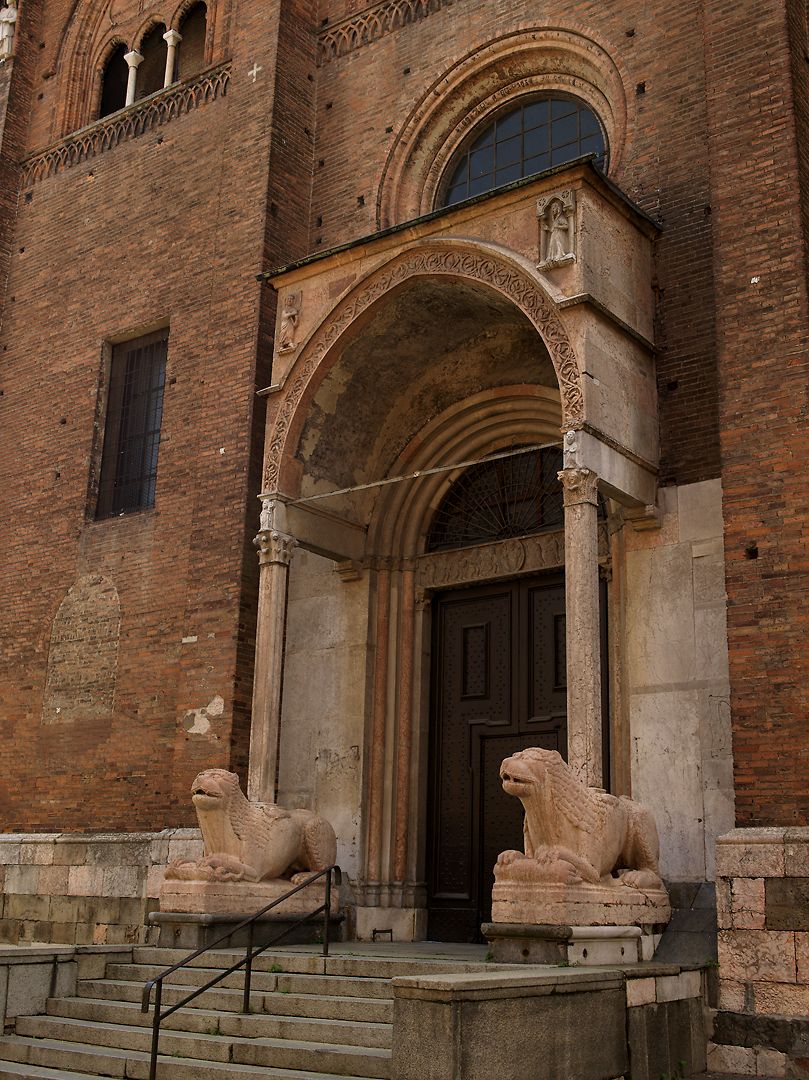
The Duomo still stands in the main piazza of Cremona. It is the expected palimpsest of Romanesque, Gothic, Renaissance and Baroque styles, but the overall effect is harmonious enough. For our purposes, the important thing is that it looks today almost exactly as it would have done when the young Claudio wandered home across the square for lunch after a morning studying music theory, or scurried along under the cloisters on a dark wet winter’s morning on his way to sing at early mass.
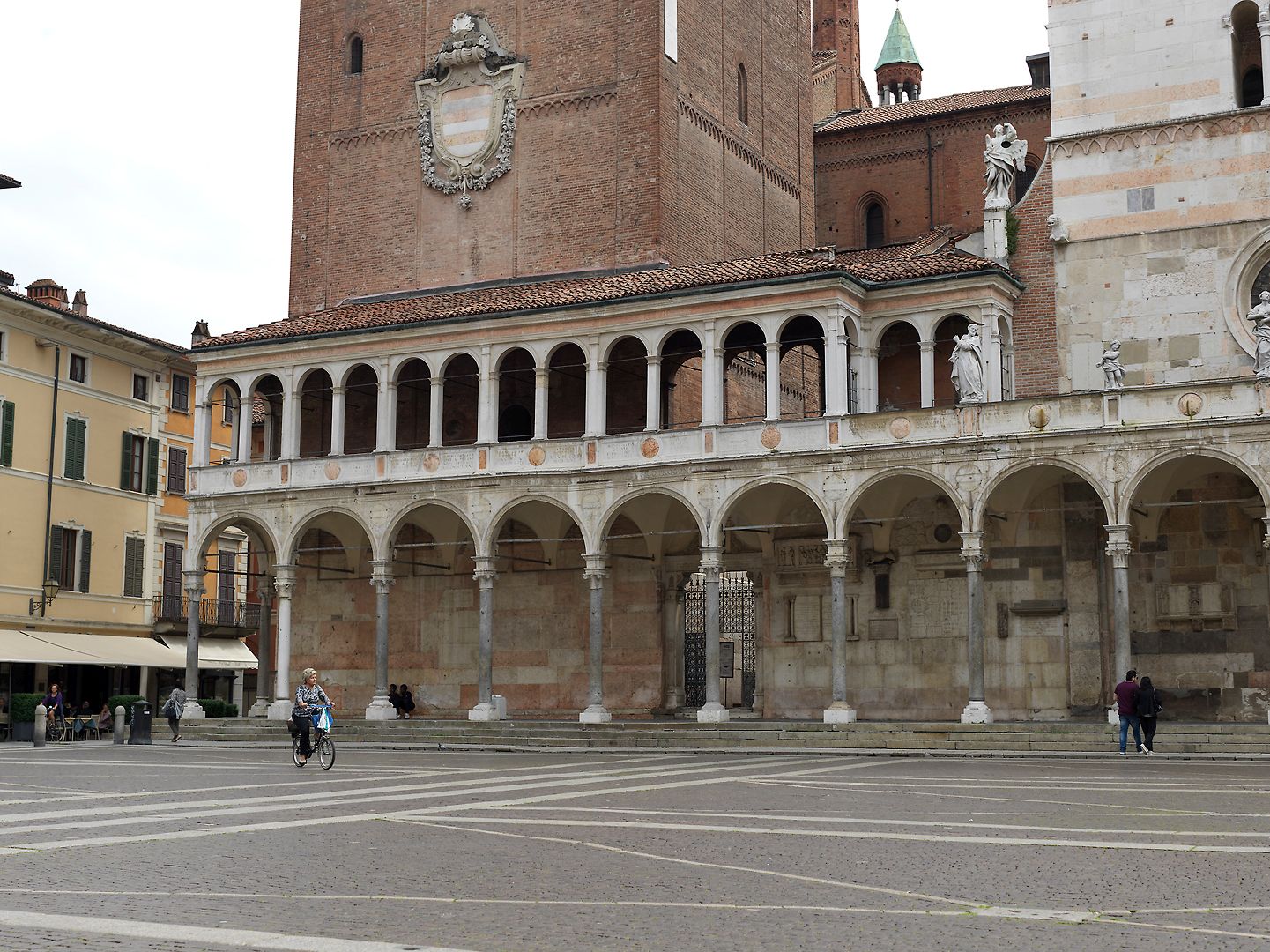
Mantua
Monteverdi’s first published works date from his youthful studies in Cremona, but it was not long before he got the first of the only two jobs he held over the course of his long life. It was in Mantua, at the ducal court. He started there as a string player, but it was not long before his other talents were recognised, and the tasks flowed in. Compositions sacred and secular, for grand and intimate occasions, theatrical productions, you name it. The demands were continuous, and the schedule punishing.
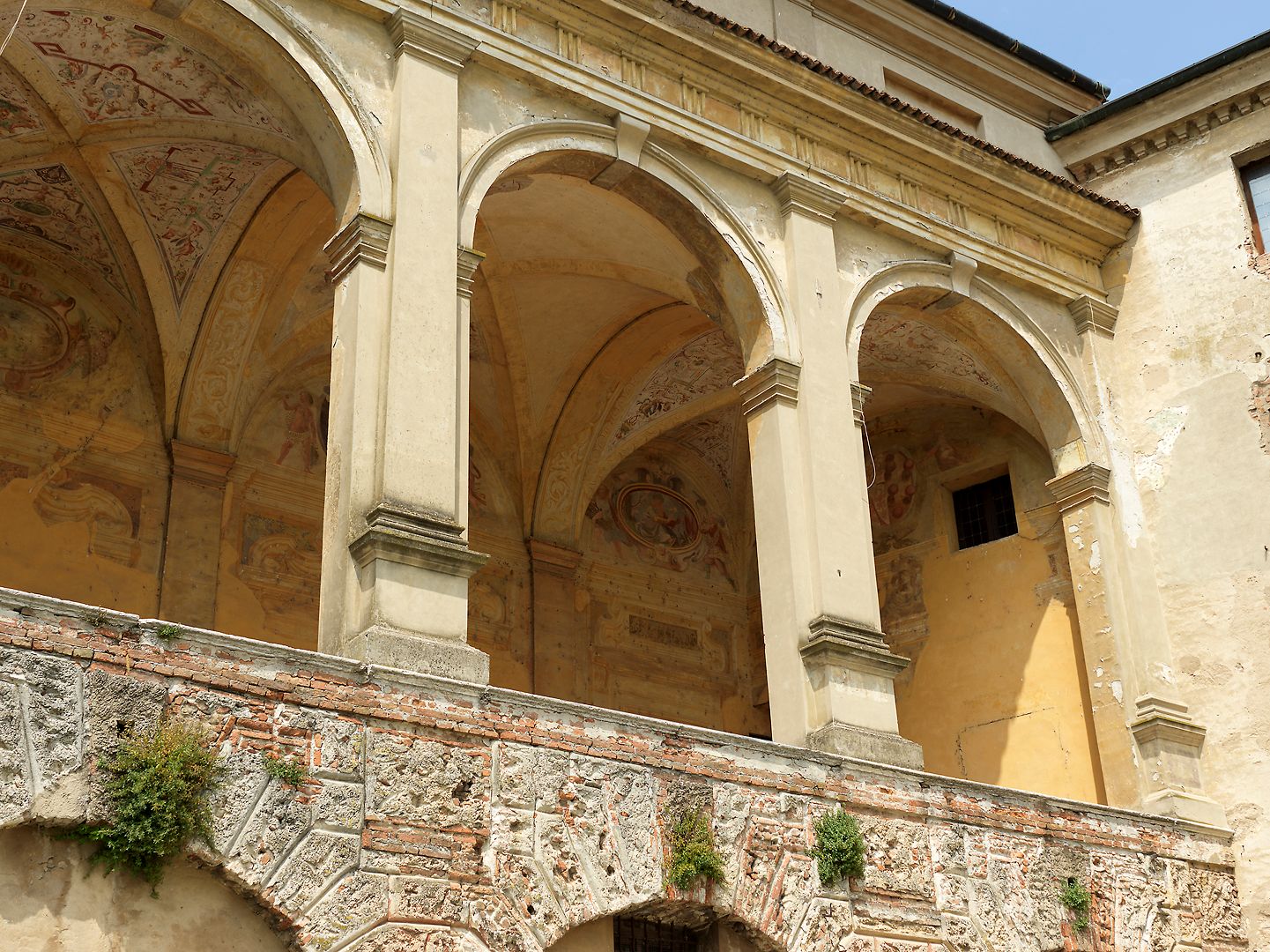
While the work was regular, his pay was not. We met the ruling family of Mantua, the Gonzagas, before, in their glory years around the turn of the 16th Century. But a hundred years later the Gonzagas’ party was coming to an end, although no-one was ready to admit it. Mercenary soldiering didn’t pay as well as it once did, and Duke Vincenzo wasn’t actually all that much of a soldier anyway – although he was good at striking martial poses. He was also quite good at flouncing off the battlefield if he thought his dignity had been impugned, or if there looked like being any chance of real action. Nor were the strategic circumstances as conducive as they had been to skilled balancing acts between the major powers. Not that Vincenzo would have been much good at that either, probably.
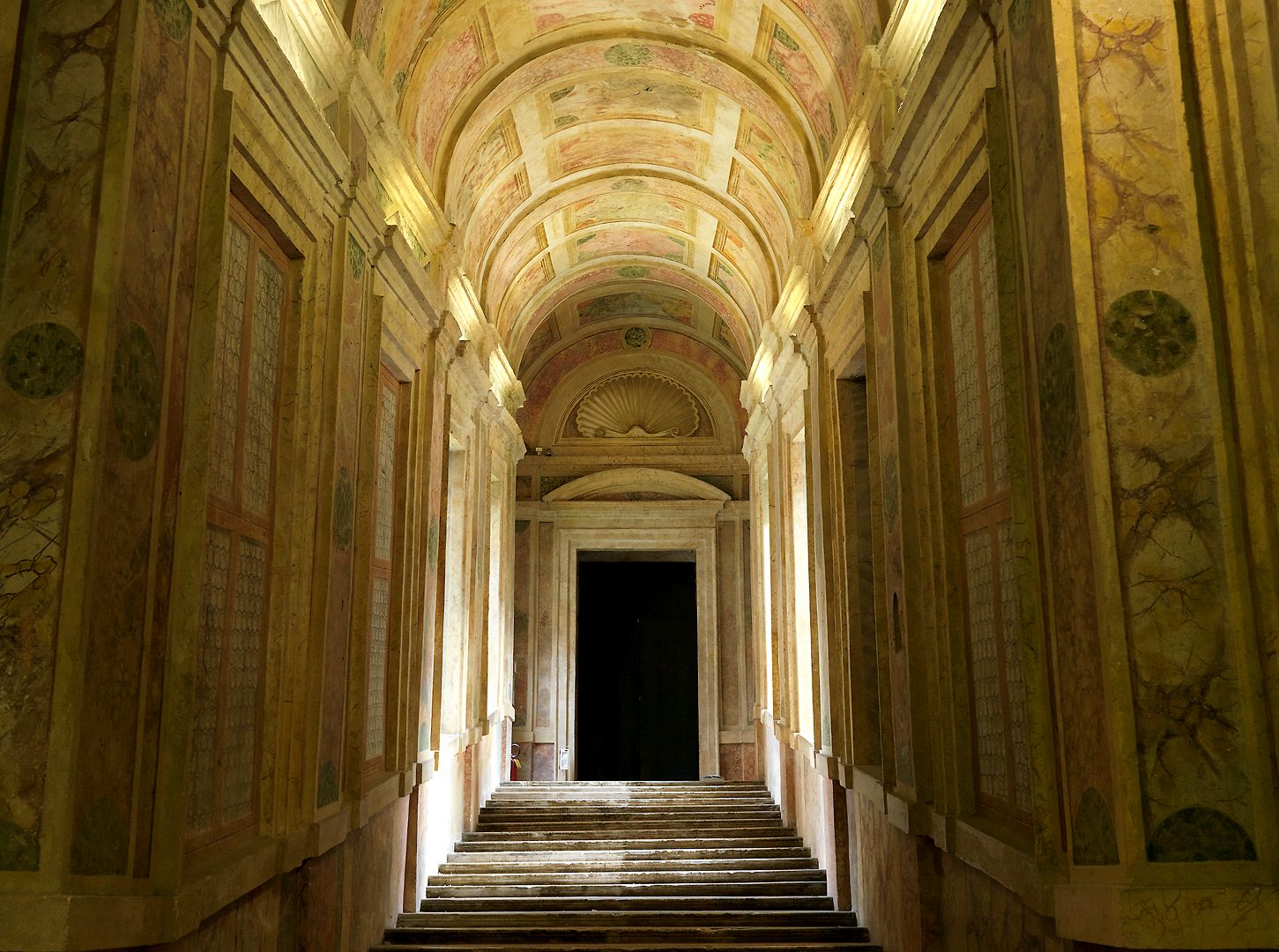
The one thing that remained important was putting on a good show – facendo una bella figura – and among other things, it helped to be seen to be employing the greatest musician of the day, even if the state revenues didn’t quite run to paying him regularly. The state archives of Mantua contain many letters from Monteverdi, pointing out how badly in arrears his salary was.
But – and posterity must be grateful – that didn’t stop Monteverdi churning out innovative music of great beauty and variety. We think of the Italian Renaissance as being the centre of innovation in the arts, but in fact this wasn’t quite the case for music. In the late Middle Ages and much of the Renaissance, the action was in northern Europe, and when Italian courts started employing the great composers of the day, they were people like Josquin des Prez and Roland de Lassus from northern France and Flanders. When Monteverdi arrived in Mantua, the maestro di cappella was a Fleming whose Italianicised name has come down to us as Giaches de Wert. Monteverdi was therefore probably one of the first great Italian musical innovators, and his early madrigals showed a willingness to push the rules of harmony to breaking point in order to capture the emotional intensity of the text.
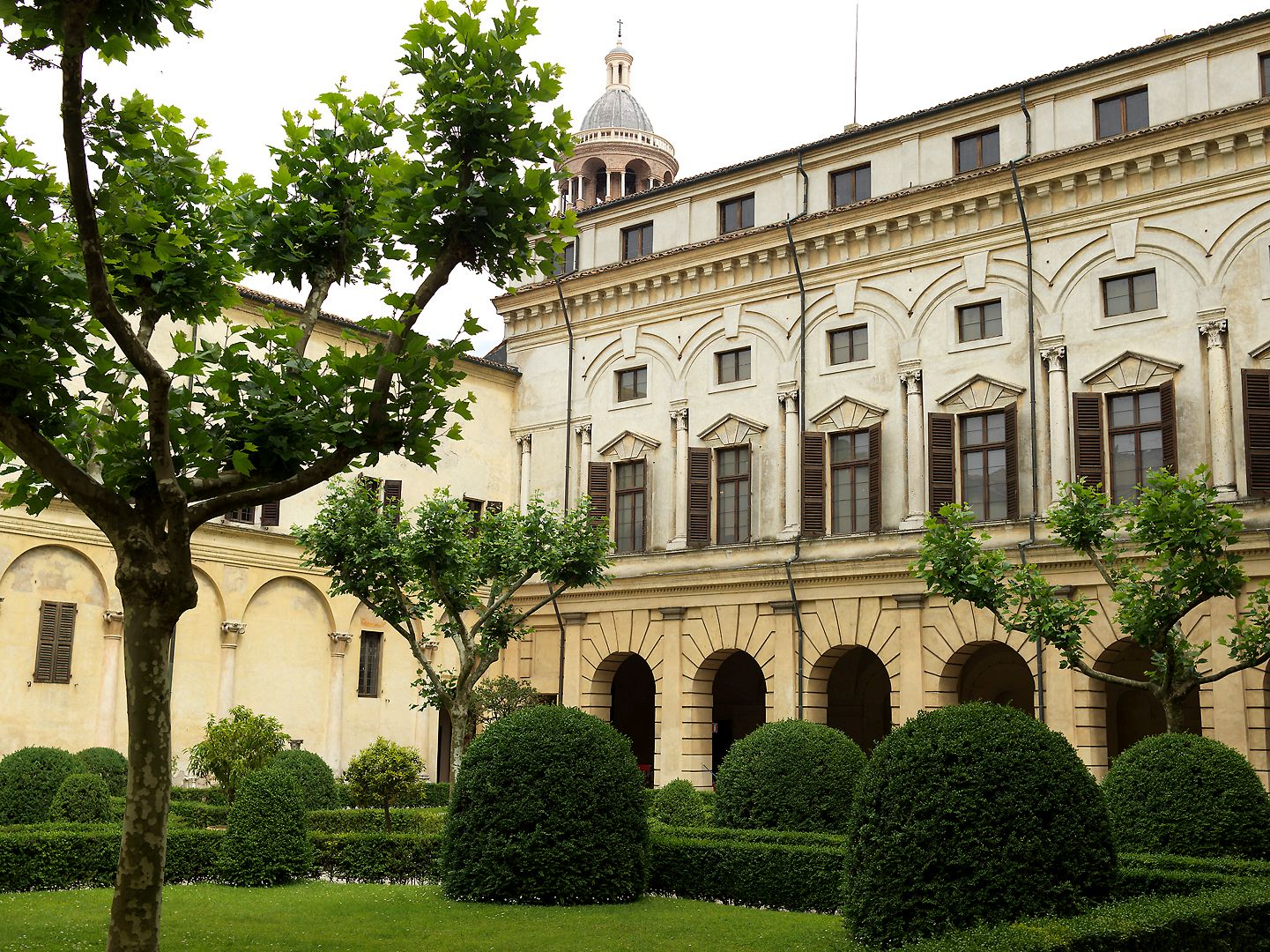
That led him into inevitable controversies, and he conducted a long-running argument with a grumpy old musical theorist from Bologna called Giovanni Artusi who wrote a treatise called On the Imperfections of Modern Music. In this, although he did not name Monteverdi, Artusi illustrated his arguments with copious examples of Monteverdi’s own works! Monteverdi countered that there were two styles of music at the time – prima pratica, which was the older polyphony, and seconda pratica which was the newer melodic style. And to drive home the point, he showed that he was adept at both. But Monteverdi had his supporters too, who were happy to enter the lists on his behalf while he concentrated on composition.
Meanwhile, the Renaissance enthusiasm for artistic models from Greek and Roman antiquity was still running high. Having worked their way through the obvious options – visual arts and architecture – scholars turned their attention to theatre and music. The latter had the obvious disadvantage that there were no surviving examples or even any useful descriptions of ancient music, but some scholars noted references to the fact that the chorus in Greek plays sang their lines rather than speaking them. This, and the contemporary evolution of the highly emotional seconda pratica style of solo songs and madrigals, led people to consider the idea of a dramatic work in which all the dialogue was sung.
Monteverdi was not the only musician active in the field, but his l’Orfeo (Orpheus) of 1607 has long been considered the first proper opera. Below is a photograph of the Sala degli Specchi (Room of Mirrors) in the Ducal Palace in Mantua. It has been remodelled since the early 17th Century, but it is thought that the first performance of l’Orfeo took place in this room, or an adjacent one. And as you can see, it is still used for performances.
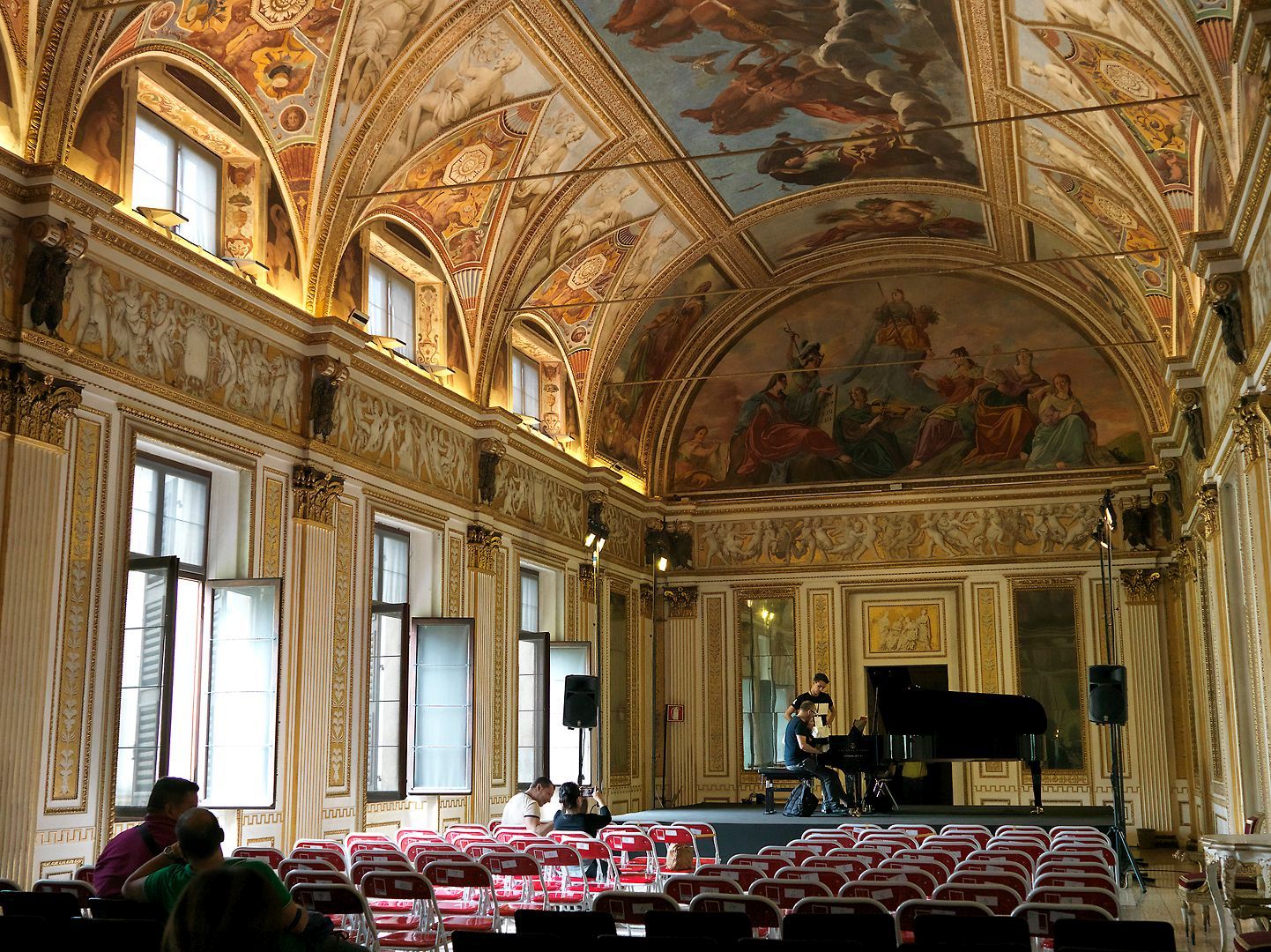
If this is indeed the location of the original performance, you can see that the audience would not have been all that large. And while the interior may have been remodelled, the view out of the windows is not likely to have changed very much.
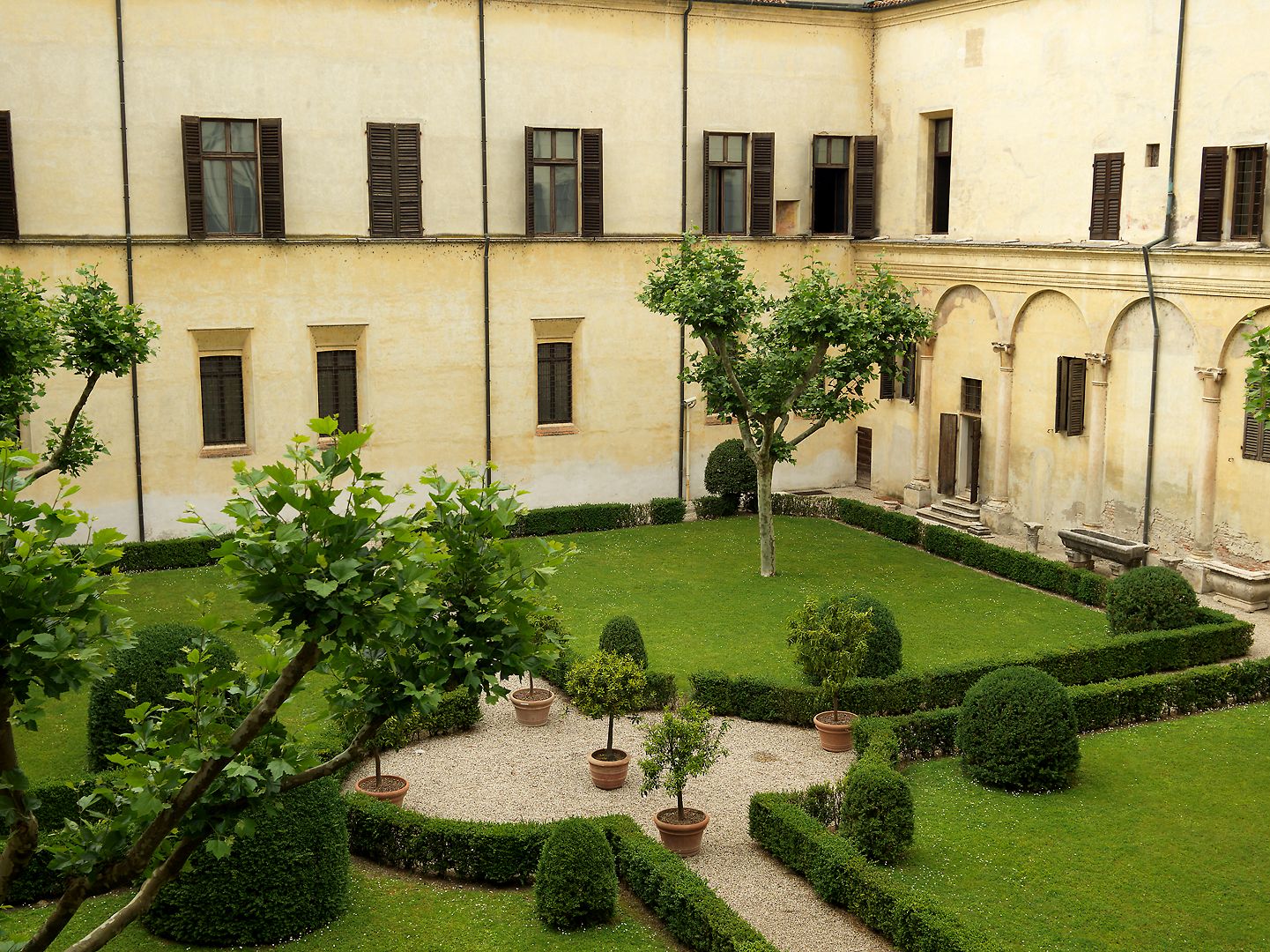
Meanwhile Monteverdi had become fed up with Mantua. He was overworked, the damp climate disagreed with him, and his wife had died young, leaving him to raise two small boys on a small and unreliable wage. But if you worked for a ducal court, you couldn’t just resign; you had to be granted permission to leave. Despite several written requests from Monteverdi, this permission was always refused. In 1610 he published a mass and “some other pieces” dedicated to Pope Paul V, and it is thought that this was part of an unsuccessful attempt on his part to get a job in Rome. The Mass – Missa in Illo Tempore – was a polyphonic piece in the prima pratica style, showing his mastery of that older form, although not without some unexpected harmonic modulations of which Artusi would have disapproved.
The “other pieces”, though, were the psalms, motets and Magnificat which make up a complete setting of the vespers service, and of the works of Monteverdi that survive, the Vespers of 1610 is his masterpiece – probably the greatest unsuccessful job application ever.
The Vespers demand a full listening – my favourite recording is that by Philippe Herreweghe. But here are some more examples to go with the Nigra Sum sed Formosa linked above. Let us start with the stunning opening – Deus in Adiutorium Meum Intende (O God, make speed to save me). The Gregorian chant opening phrase is performed by the tenor soloist, “operatically” as if he is really crying out for help, after which the chorus and orchestra let rip, with a fanfare (recycled from l’Orfeo) playing underneath a monolithic D Major chord from the chorus. Wake up, music – the 17th Century is here!
The Vespers is a real tour de force in which Monteverdi displays mastery of different styles, and invents some more. What could have been more of a shock to old Artusi than to hear the psalm Nisi Dominus set to music in dance rhythms?
Then in 1612, the Duke died, and his successor, faced with state finances that were completely out of control, did what all incoming governments do, and slashed spending. Monteverdi and his brother were unceremoniously sacked and found themselves returning to Cremona in real financial hardship.
Venice
But finally something went right for him. The following year, the most prestigious musical job in Italy – Director of Music at St Mark’s in Venice – suddenly became vacant, and Monteverdi got it. He was to live another thirty years, and he spent them all in Venice.
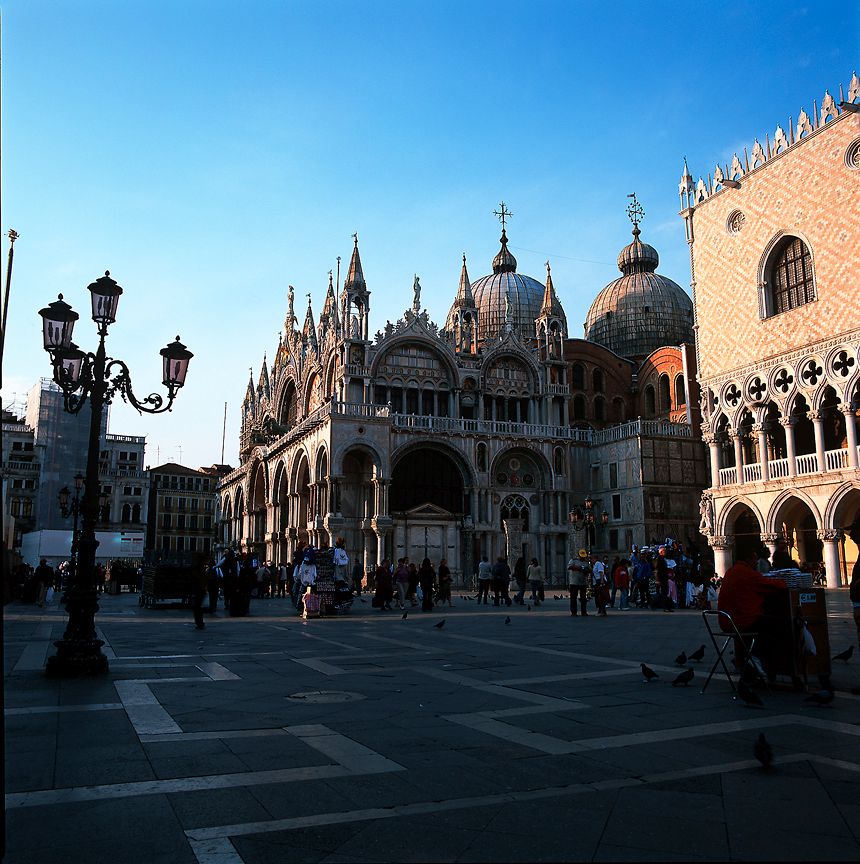
I have been lucky enough to hear Monteverdi’s music performed in St Mark’s. In 2016 we were poking about near the Basilica when Lou noticed a small poster in Italian announcing a free concert that evening, to commemorate the 700th anniversary of the founding of a permanent musical establishment there. While there are always concerts on in Venice, most of them assume you only want to hear Vivaldi’s Four Seasons. So this promised to be special. And it was – not only for the music, which included a movement from the Missa in Illo Tempore, but interesting also to hear Monteverdi’s music in the sort of highly resonant acoustic for which it was composed. This sets practical limits on the speed at which it can be performed, and is something to which I feel musicologists sometimes pay insufficient attention. (Similarly, I feel that arguments about the appropriate number of musicians to perform Bach Cantatas should take account of the size of the choir loft in St Thomas’s Church in Leipzig).
These days, the selfie-stick plague means that photography is not permitted inside the Basilica during tourist visiting hours, but there seemed to be no such prohibition during an evening concert, so I grabbed a couple of shots on my phone.
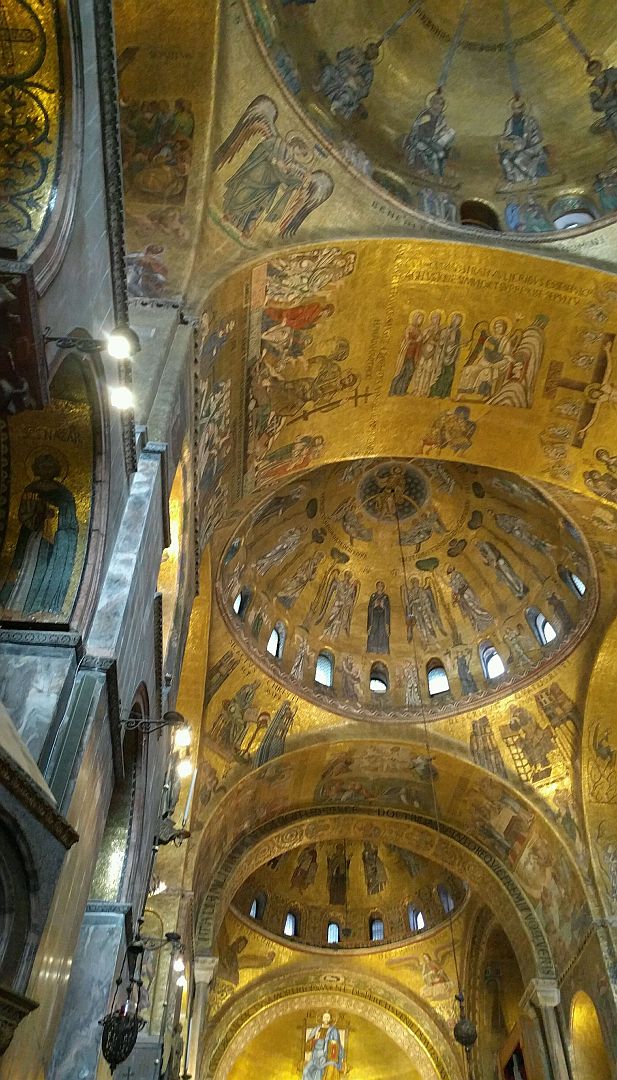
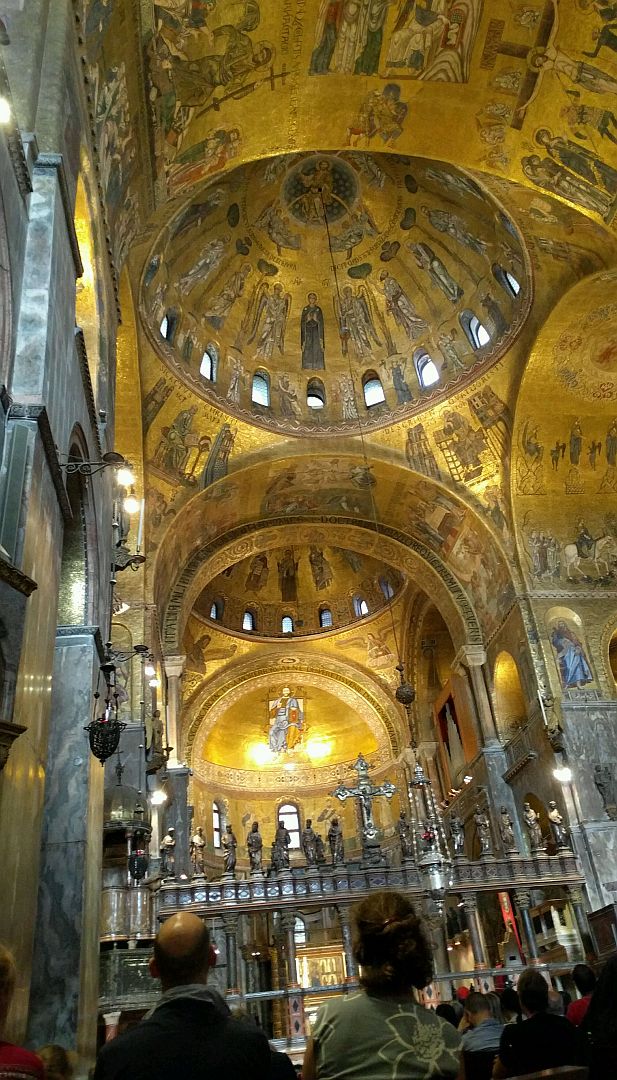
It is sobering to think that, while what we have of Monteverdi’s music contains pieces of extraordinary beauty, much has not survived. Several of his operas and perhaps the major part of his liturgical music are lost. One of the lost operas was his second – Arianna (Ariadne) which tells the story of Ariadne’s abandonment on the island of Naxos by Theseus. Fortunately, the dramatic high point of the opera, Ariadne’s Lament, was so popular that it survives in several editions. It is in a recitativo style, where melodic sections are interspersed by sections where the rhythms match the natural rhythms of speech – another novelty.
After Monteverdi’s death, his music (apart from the Lament) appears to have faded from the repertoire, and while no book of musical history would have been complete without a discussion of his influence, concert-goers would have been hard put to actually hear much of his music until the early music revival of the second half of the 20th Century. A major contribution to this was the publication of a performance edition of the 1610 Vespers, in modern notation, by the musicologist Denis Stevens in 1961.
These days there are many performing groups, and audiences, for whom Monteverdi would be considered core repertoire, which is an excellent thing. Here is an exuberant performance of Zefiro Torna by the group l’Arpeggiata.
Oddly, an early partisan of the rediscovery of Monteverdi at the start of the 20th Century was the poet and proto-fascist Gabriele d’Annunzio. Though I suspect that for d’Annunzio, the main attraction of Monteverdi was not necessarily his music, but the fact that he was Italian and not German.
But even though he may have been largely forgotten in his native country, it is possible with a bit of historical licence to trace Monteverdi’s influence on German music. The Dresden composer Heinrich Schütz studied twice in Venice, the first time under Giovanni Gabrieli, from whom he acquired his facility with polychoral composition. The second time it was with Monteverdi. On his return, Schütz composed operas and Venetian-style motets, although there wasn’t much demand for them during the privations of the Thirty Years War. But the other thing he brought back with him was Monteverdi’s recitativo style that we heard earlier in Arianna. This he incorporated into the emerging German cantata form, in which, as in Monteverdi’s operas, the music served the meaning of the text. In due course this tradition found its highest expression in the music of J.S. Bach. The idea of a direct line from Monteverdi to Bach is one that I find particularly appealing.
One of the reasons we know so much about Monteverdi’s career is that he was, almost from the start, a civil servant employed by two states whose official archives, including his correspondence with his employers, have mostly survived. If you go and see Monteverdi’s tomb in Venice, you will find it in a church (see below) that is next to the building that contained the official archives of the Republic.
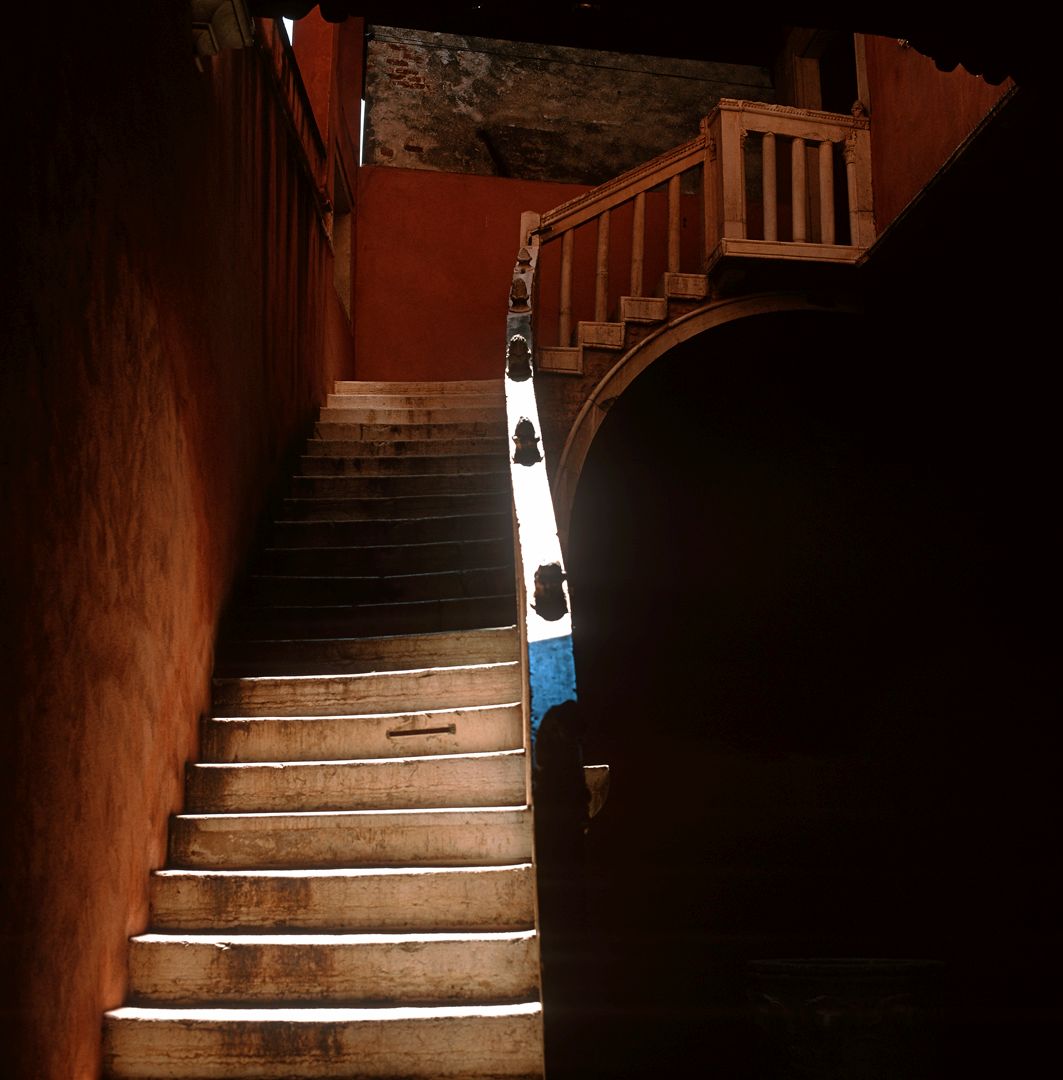
Although he became a priest in 1631 (never having remarried after the death of his wife) Monteverdi continued to compose secular as well as sacred music, including several more operas. His final opera, published in the year of his death – 1643 – is l’Incoronazione di Poppea (The Coronation of Poppea). This is, simply, extraordinary. Absent are the Olympian gods, gone are the arcadian nymphs and swains, gone are the heroes of legend. Instead it is a bloody historical drama from ancient Rome about the Emperor Nero and his lover Poppea. At the end, after all the good characters are dead or exiled and only the two evil characters remain, they sing this meltingly beautiful (and highly erotic) love duet. Astonishing stuff from an elderly priest.
Some of the material in Poppea is known to be by other composers – not unusual at the time. There is a bit of discussion about whether Monteverdi actually wrote Pur Ti Miro. I’ve recently listened to a podcast on the subject from the BBC Radio 3 “Early Music Show” and I’m inclined to come down on the side of it having been Monteverdi. If not, then whoever wrote it went to great pains to reproduce Monteverdi’s style with complete fidelity.
On his death, Monteverdi was buried in the great Franciscan church of the Frari, in Venice.
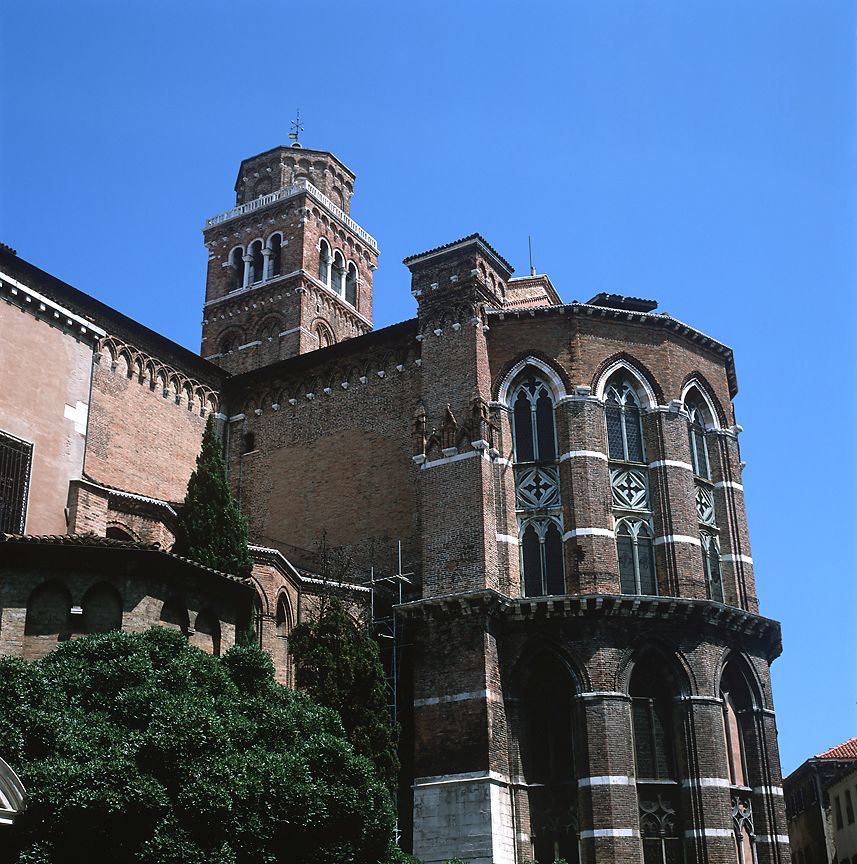
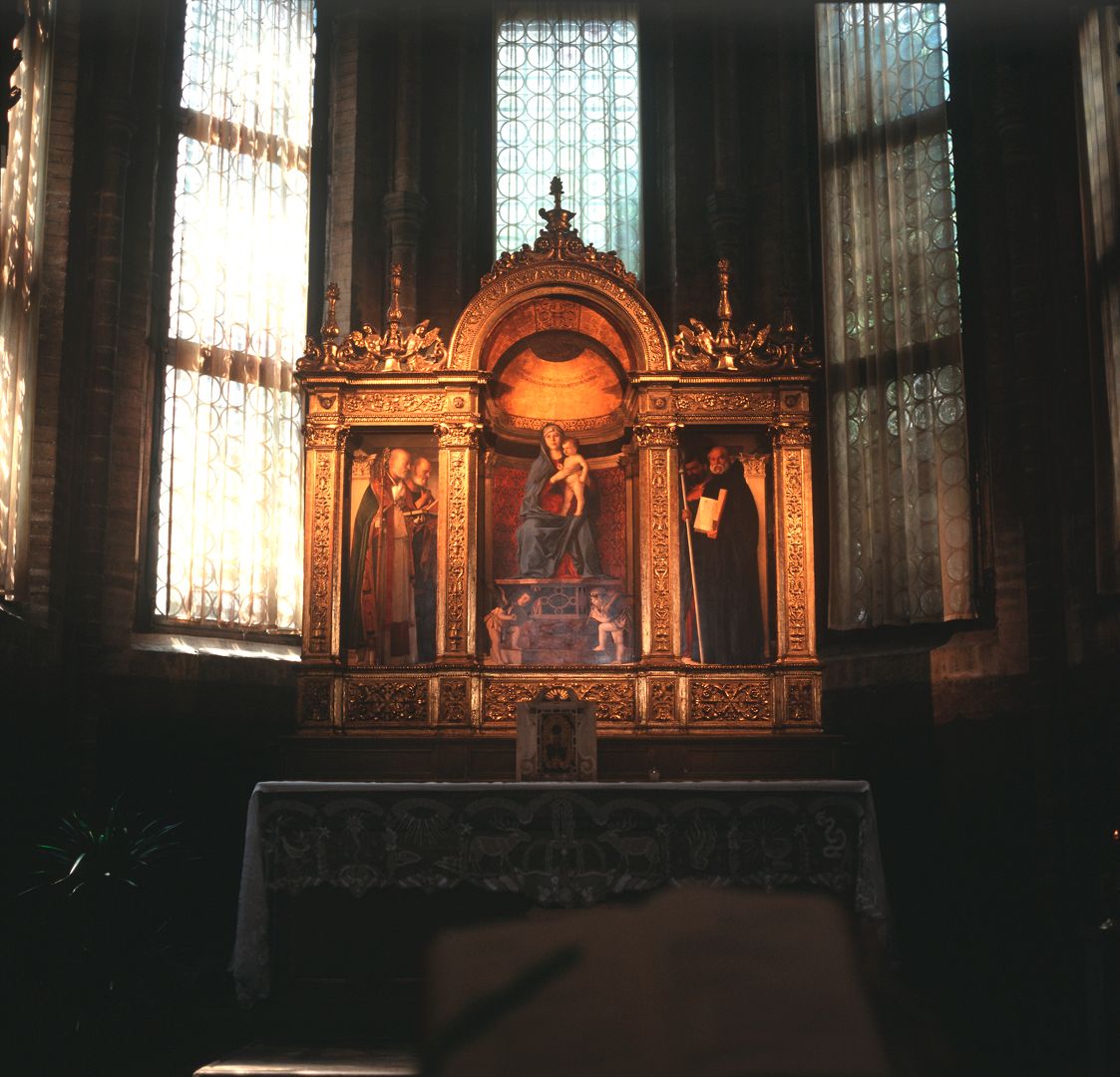
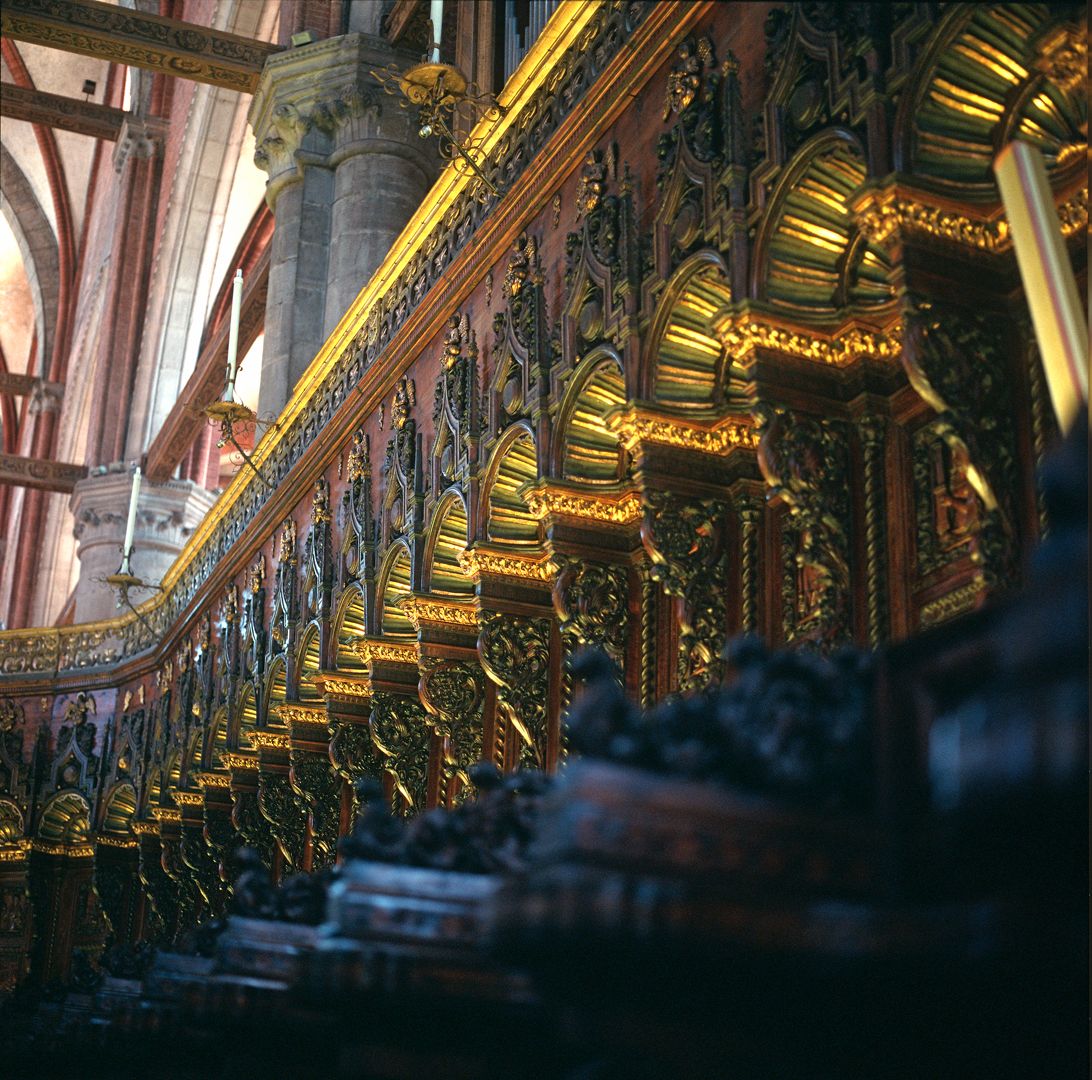
If you enter from the glare of the street, and, having taken in the altarpieces by Bellini and Titian, you look down to your left, you will see the composer’s simple tombstone. You may find an offering of some sort placed on it, maybe some of the spring flowers that feature so often in his madrigals.
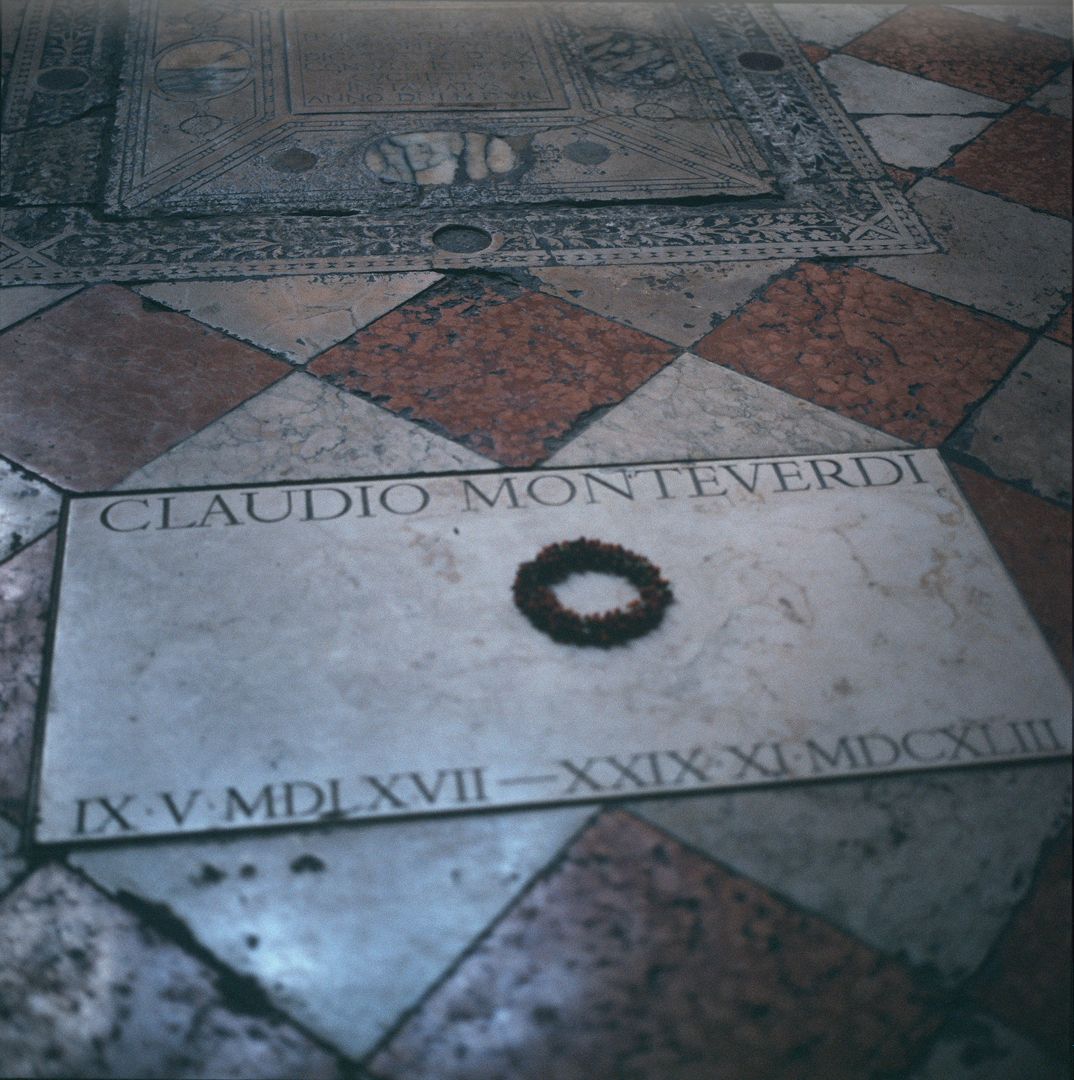

2 Replies to “Cremona, Mantua and Venice – the life of Claudio Monteverdi”